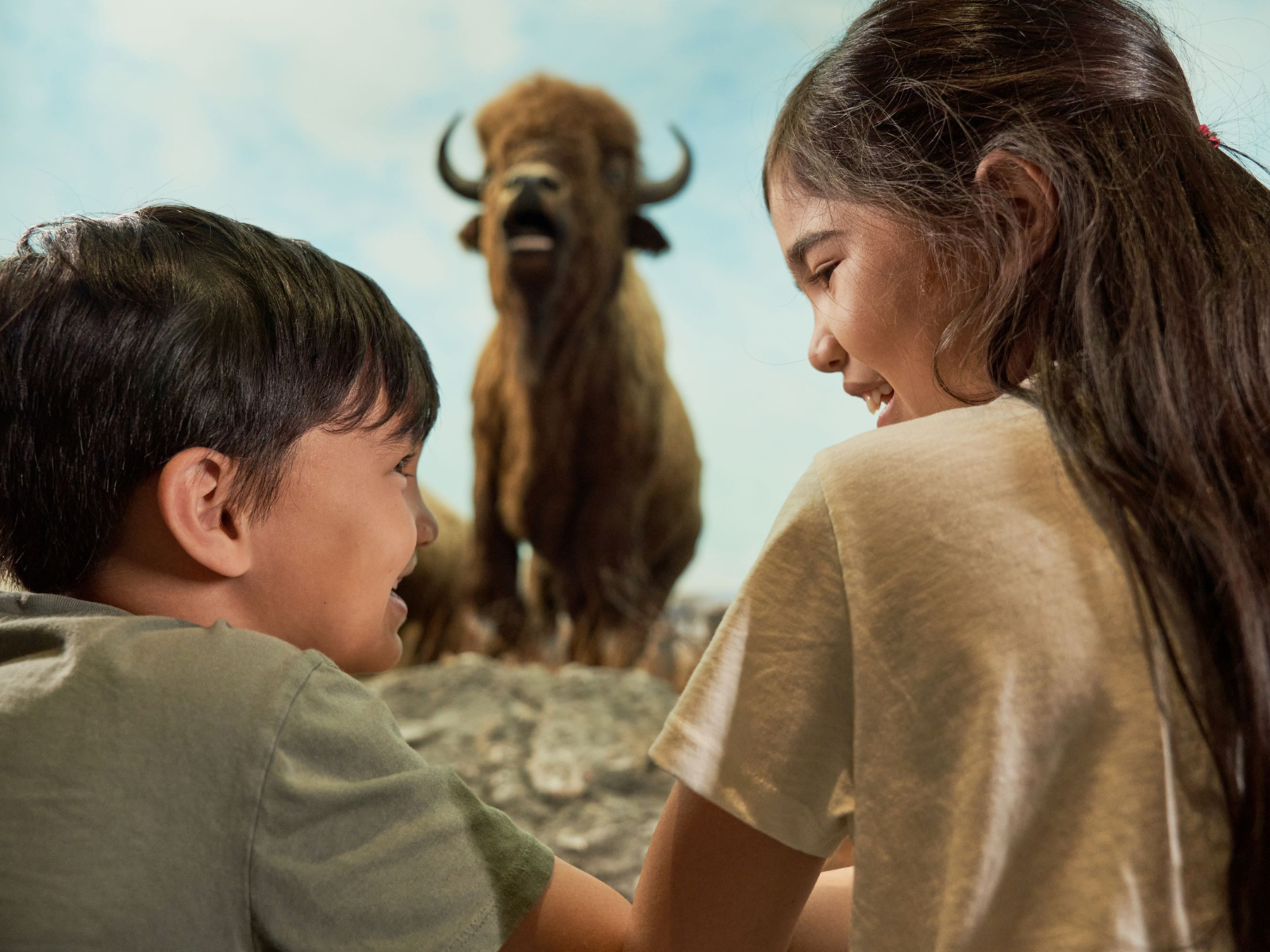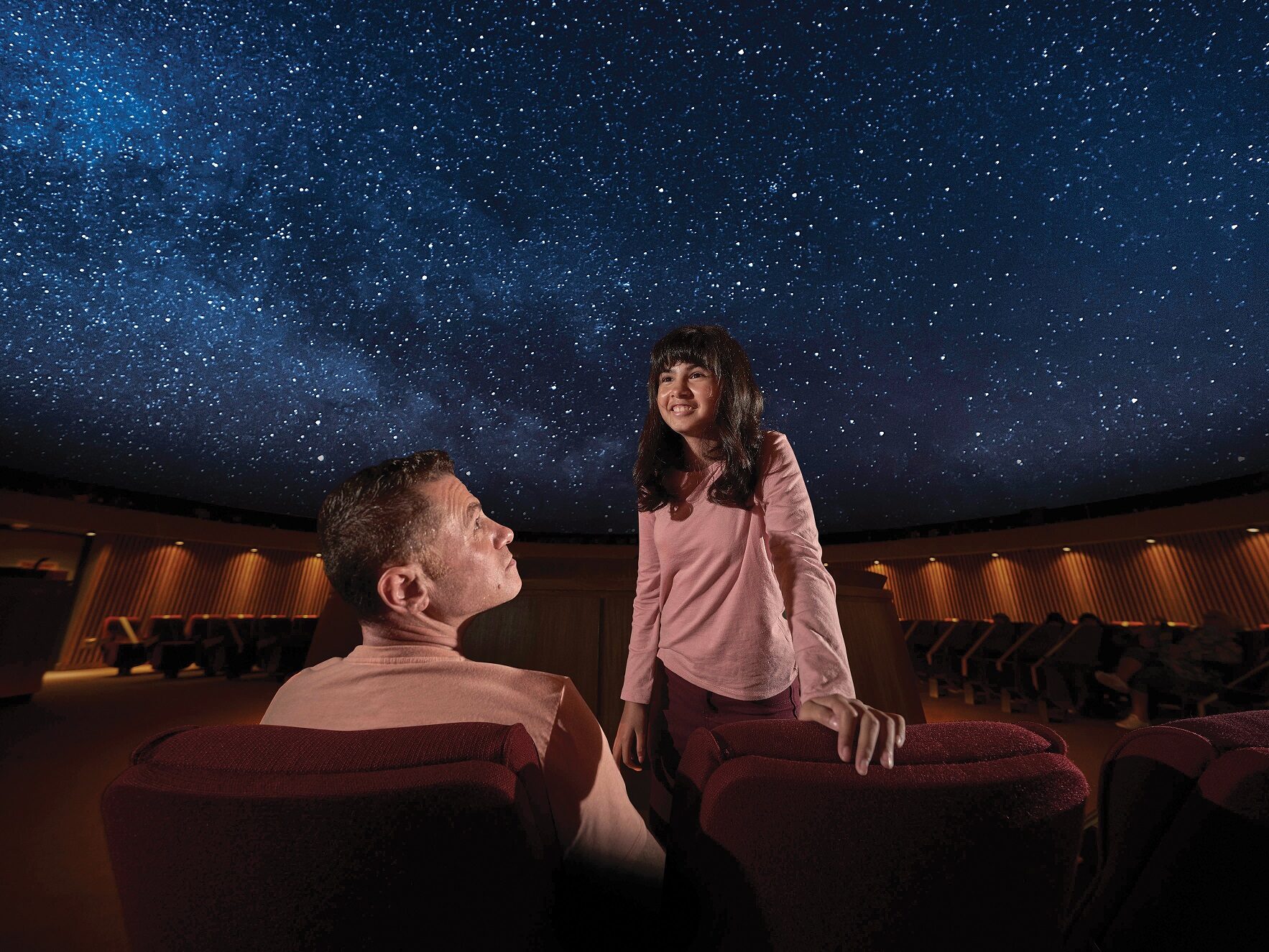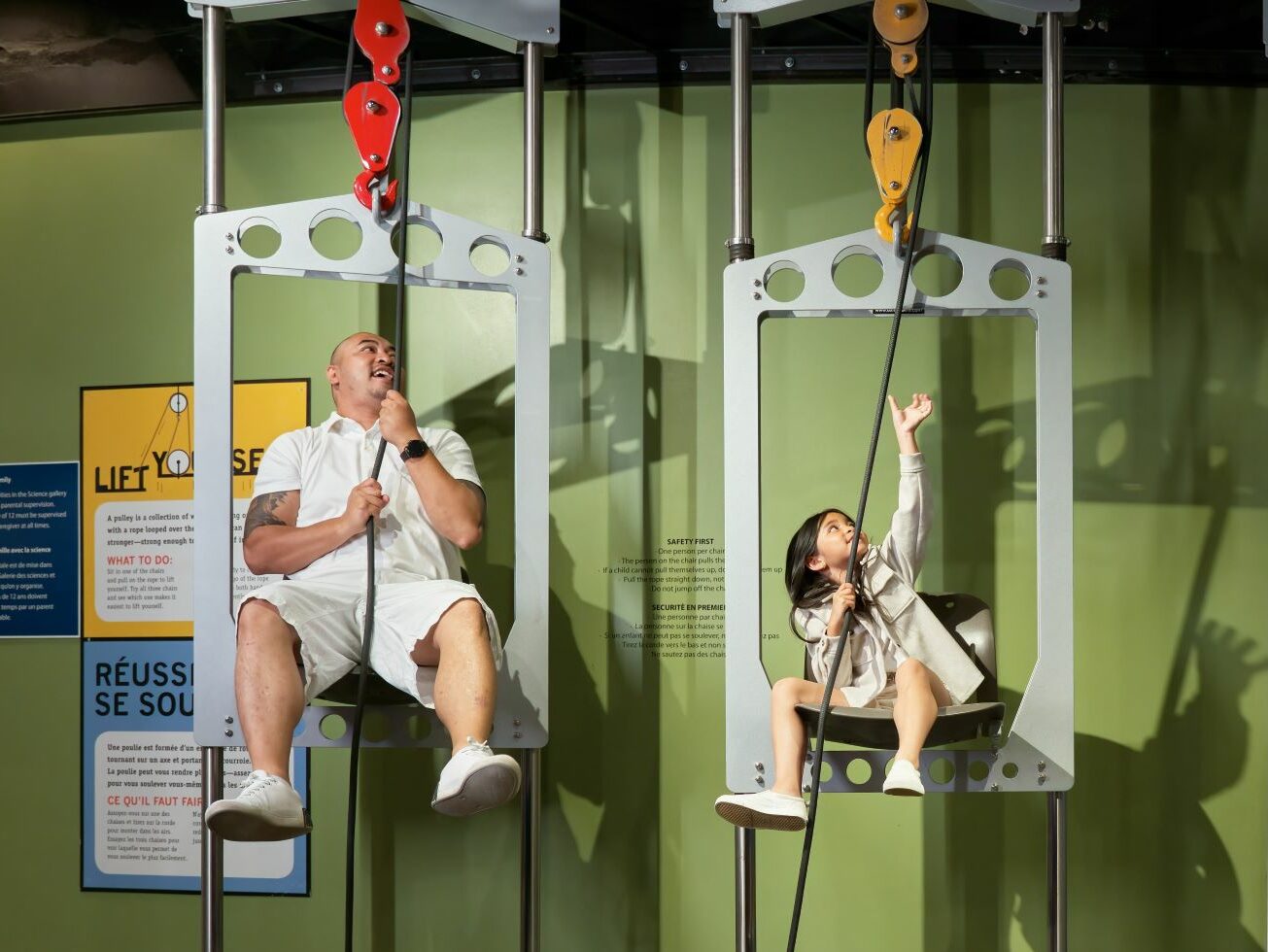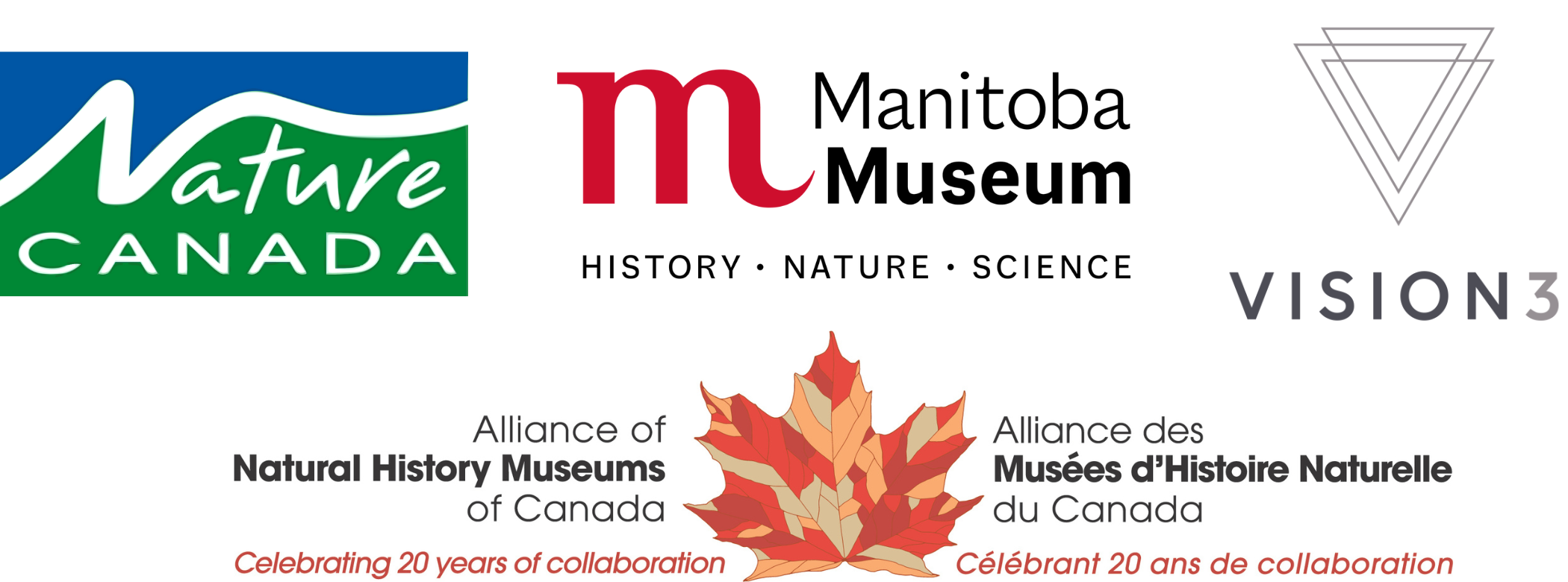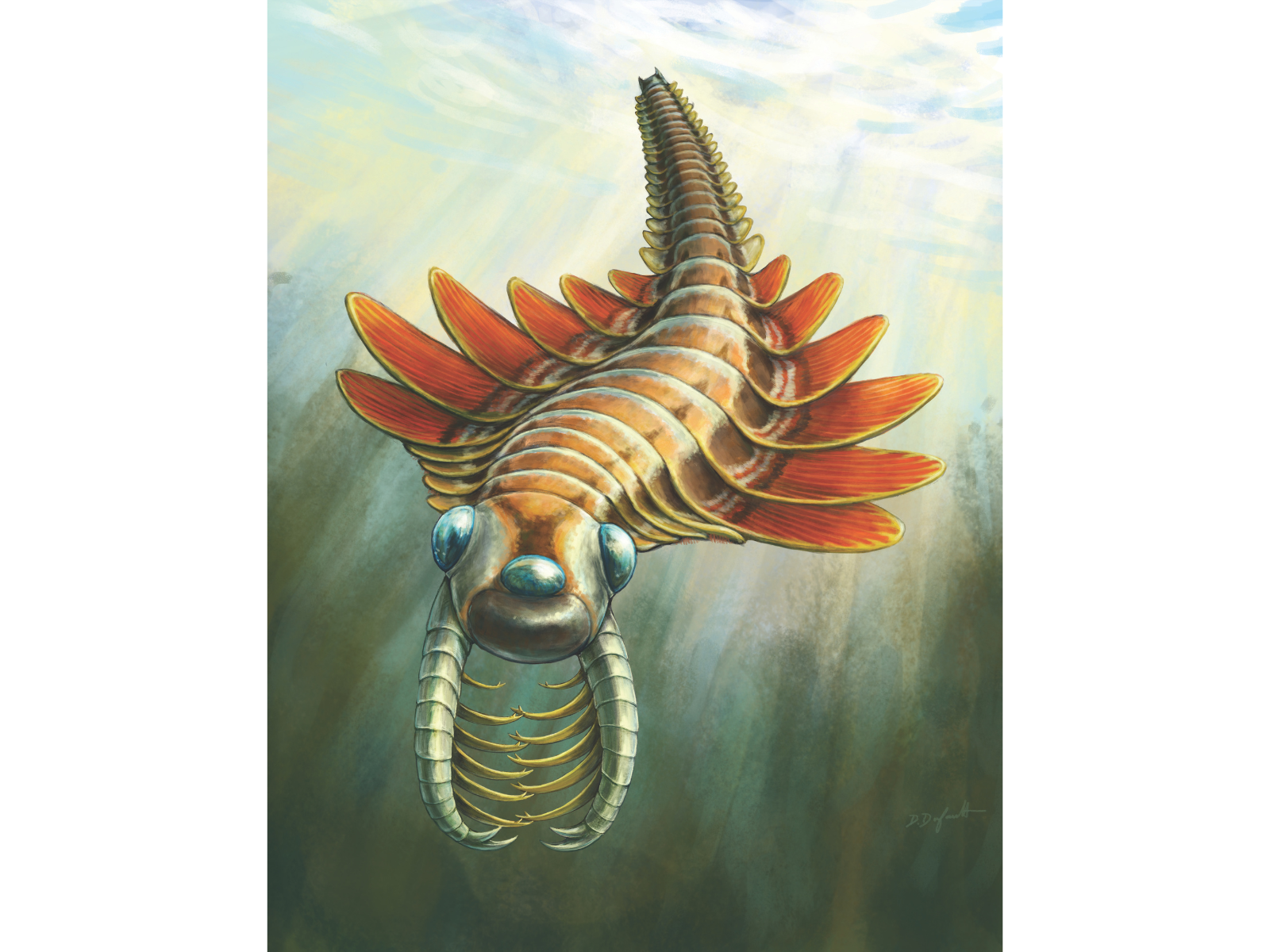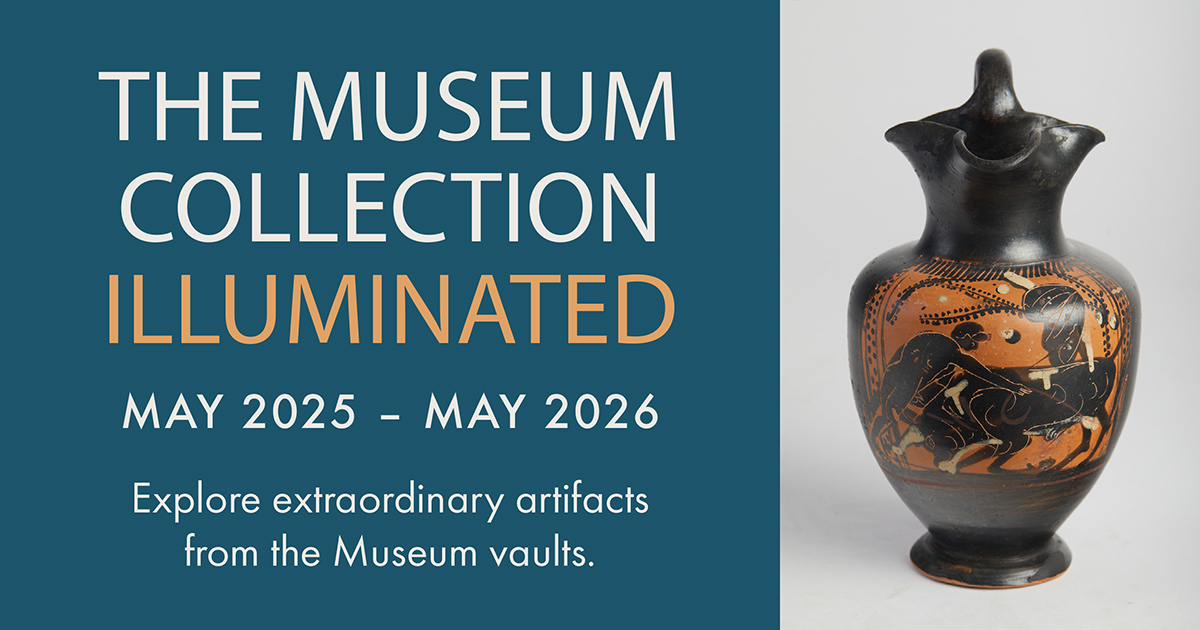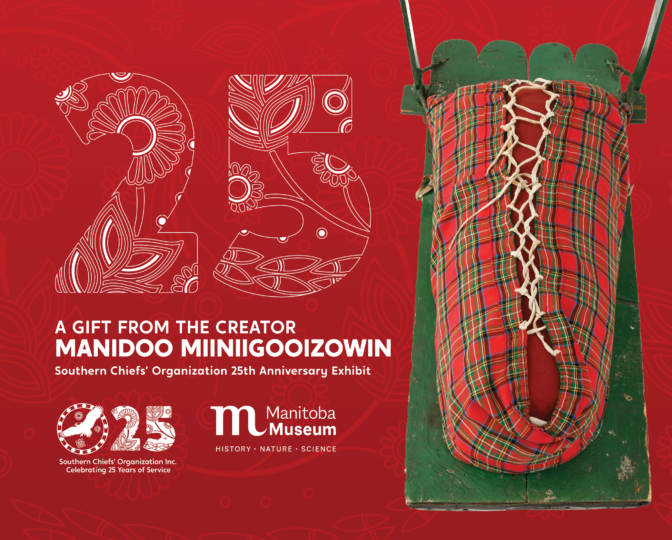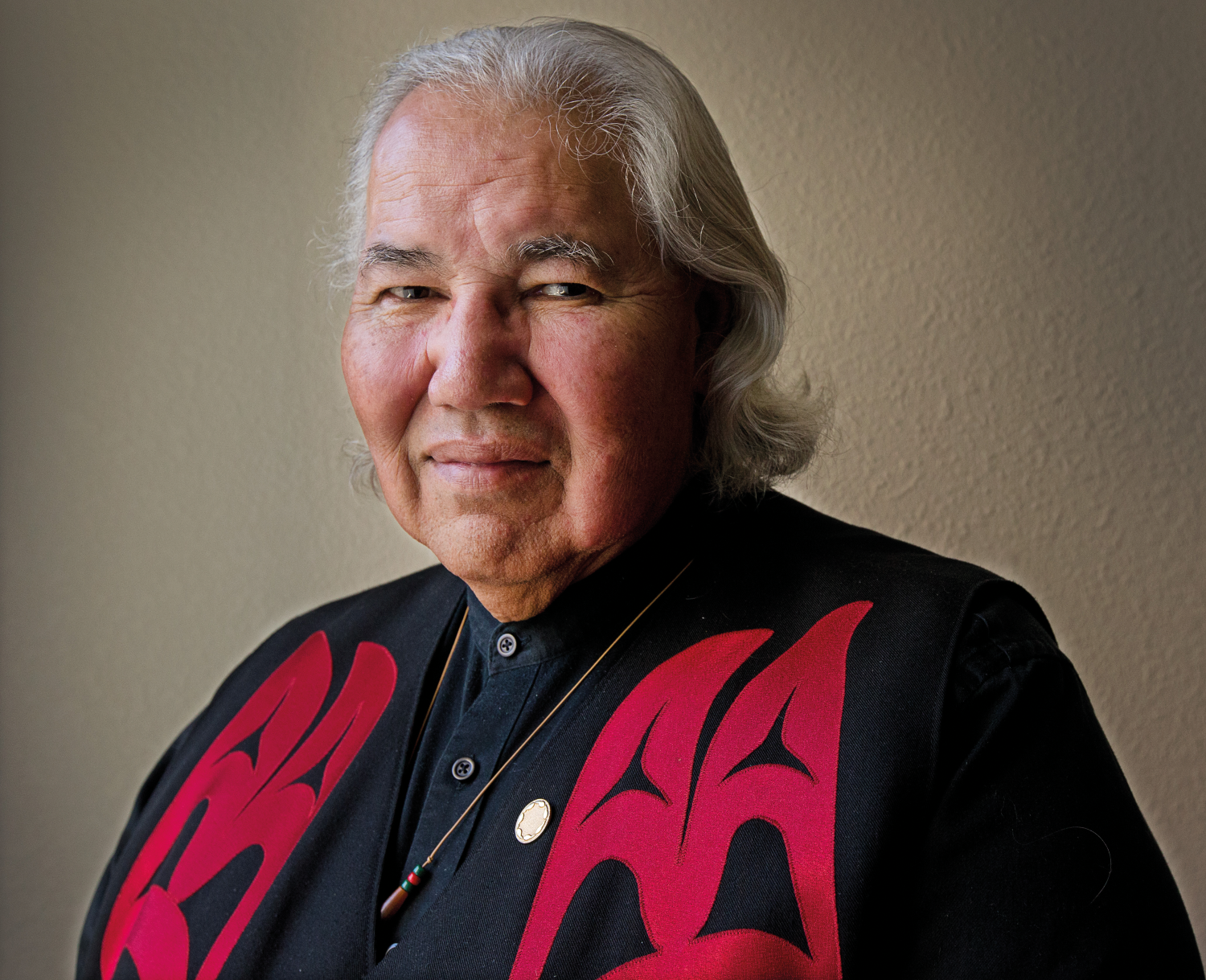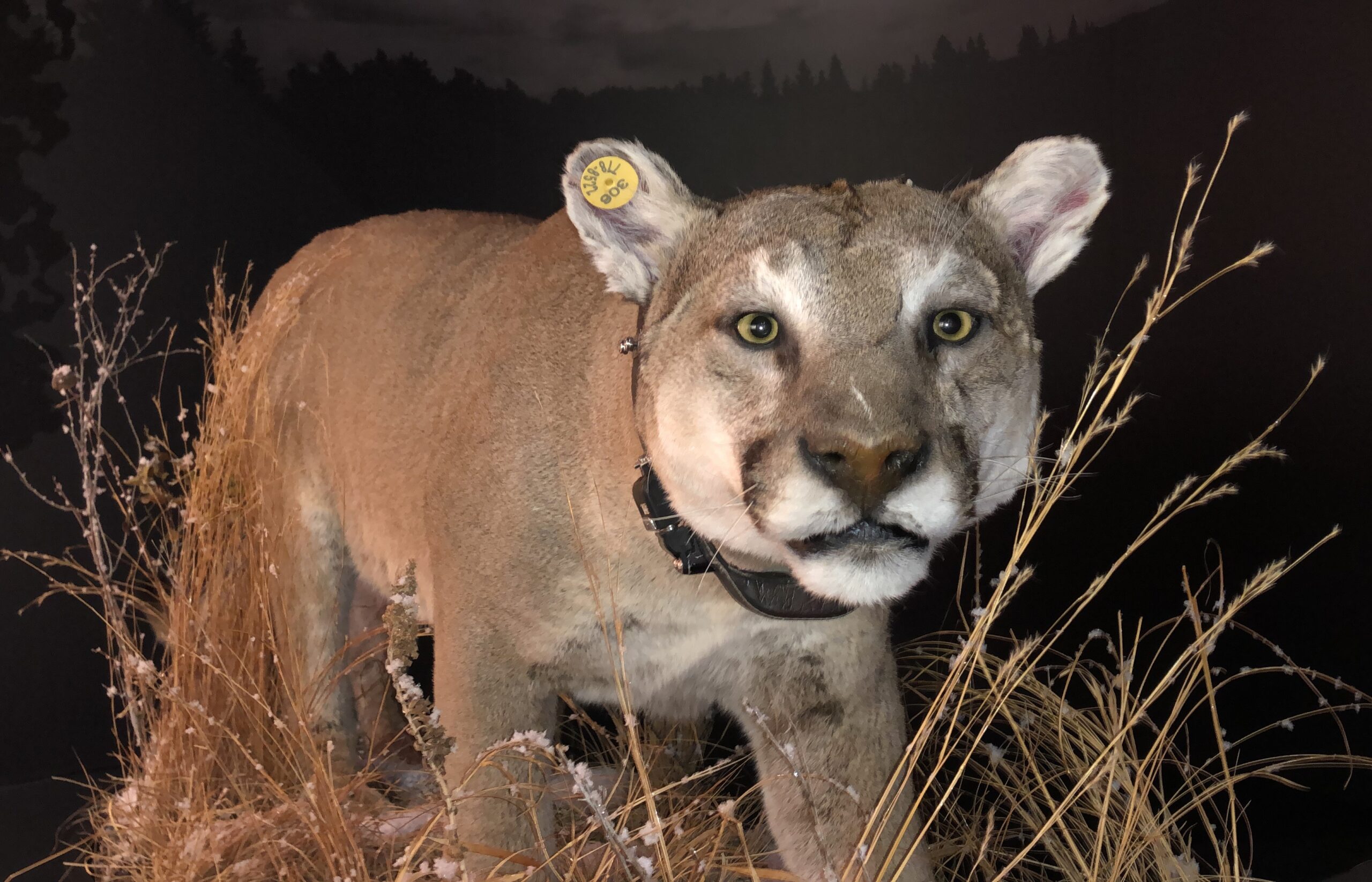Posted on: Tuesday June 17, 2025
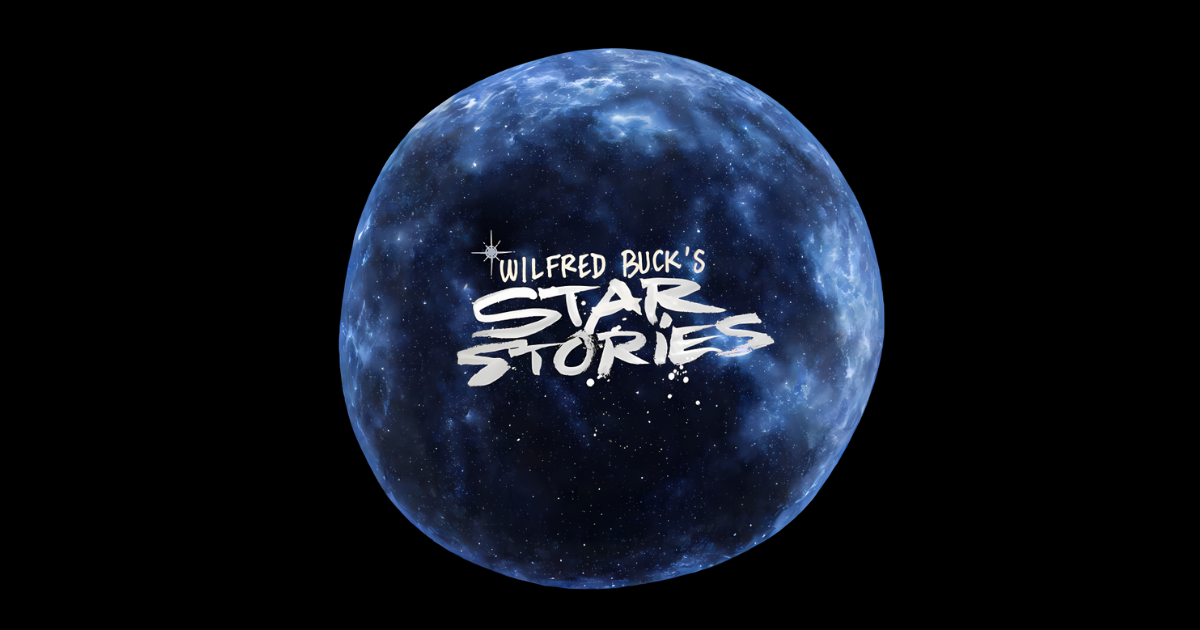
Join us for the Premiere of Wilfred Buck’s Star Stories Planetarium Show
Treaty No. 1 Territory, Winnipeg, Manitoba (June 17, 2025) – The Manitoba Museum invites members of the media to join us for the premiere of a brand-new Planetarium show, Wilfred Buck’s Star Stories. Wilfred Buck is an Ininew (Cree) writer, educator and one of the foremost experts on Indigenous star knowledge.
PREMIERE DETAILS
Date: Friday, June 20, 2025
Time: 6:00 pm – 8:00 pm
Location: Manitoba Museum Planetarium, 190 Rupert Avenue, Winnipeg
Q&A Panel: Wilfred Buck, Director Lisa Jackson, Planetarium Astronomer Scott Young
Please RSVP to: BHayberg@ManitobaMuseum.ca
Designed for presentation in domes and planetariums, this 21-minute XR work, directed by Lisa Jackson and the Macronauts, brings to life four star stories, gathered and told by renowned Ininew astronomer/star knowledge expert and author Wilfred Buck. From the practical to the poetic, these tellings of the Northern night sky provide guidance on navigation, the earth’s cycles, and how to live a good life with future generations in mind.
“Wilfred Buck’s Star Stories aims to preserve the oral tradition of the Ininew, much of which was lost through colonization and the residential school systems. Wilfred Buck has painstaking collected these tellings and presented them to share with audiences. It’s a way for the people of Manitoba to learn the sky as seen and interpreted by the original people of Manitoba.” – Scott Young, Manitoba Museum Planetarium Astronomer.
Wilfred Buck’s Star Stories offers a rarely heard perspective on astronomy and cosmology. Marvel at immersive night sky cinematography, cosmos CGI, and beautiful macro cinematography of meteorites set to a transporting soundtrack in this expansive yet intimate experience that combines the wonder of the universe with the warmth of listening to a wise Elder whose teachings can help us understand that the stars are in fact our oldest relatives.
“This show is design to be as authentic as possible. It is written and narrated by Wilfred himself, and visualized using artwork drawn by his son, Mistawasis Buck. You feel like you are being included in the telling, which isn’t just about the stars, it’s about life. It’s as relevant today as it was generations ago, because the core of the stories are human truths.” – Scott Young, Manitoba Museum Planetarium Astronomer.
Wilfred Buck’s Star Stories will be running daily throughout the summer at the Manitoba Museum Planetarium starting June 28, 2025. Visit ManitobaMuseum.ca/Planetarium for planetarium schedules.
-XXX-
To RSVP or request interviews, please contact:
Brandi Hayberg
Manager of Marketing & Communications
Manitoba Museum
BHayberg@ManitobaMuseum.ca | 204.988.0614
